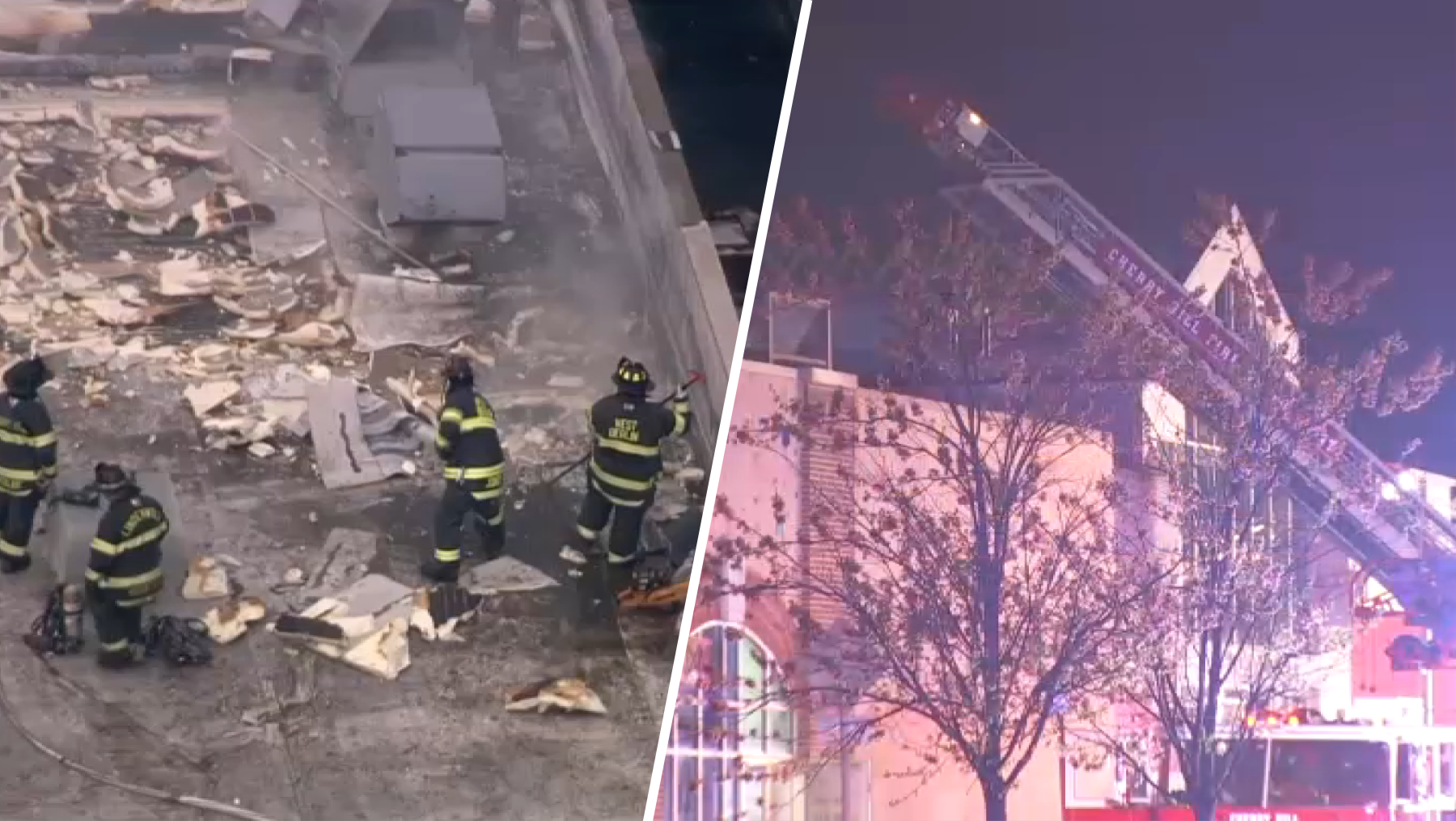THANK YOU, EL NINO (IN ADVANCE)
Lots of meteorologists have been trying to predict how active each hurricane season will be for a long time-some for 30+ years. A few have even been right. The ones most likely to be right, or close to right, are in years dominated by El Nino, or its opposite condition, La Nina.
I explained the strengthening El Nino in a prior blog. This massive warming of the Tropical Pacific Ocean has effects worldwide. It usually leads to an extremely active typhoon season in the Western Pacific. The Atlantic Ocean tends to react in the opposite way-a much less active hurricane season. But El Nino isn’t the only factor. We can’t just say that every moderate to strong El Nino year will feature a below average number of Atlantic hurricanes.
There are four major factors in pre-season hurricane forecasts:
1. El Nino/La Nina.
El Nino leads to bigger thunderstorms in the Pacific, and the winds coming out of the tops of those storms move into the Atlantic. Those winds create “shear”, which interrupts the development of tropical storms. They need generally light winds all the way up through the atmosphere. Shear will often push the higher clouds away from the center of the storm, leaving just the lower-level swirl. That type of storm will either weaken or just not develop.
Effect on hurricane activity: negative
2. Ocean Temperatures.
Hurricanes feed off of warm ocean waters-the warmer the “better”. We closely follow not only the actual temperatures, but their “Anomaly”, or difference from average for the date. Ocean temperatures in much of the Tropical Atlantic are below average (the blue color).

Effect on hurricane activity: negative
3. Sea Surface Pressures
If average surface pressures are below average, odds of tropical development go up. The opposite is also true. Pressures in the Tropical Atlantic have been above average.
Effect on hurricane activity: negative
4. Saharan Dust
The most dangerous hurricanes often start as disturbances that move off the African coast and move westward across the Atlantic. If there’s a lot more dust in the air coming off the Sahara Desert, it acts to suppress those eastern Atlantic (“Cape Verde”) storms. This graphic shows a LOT of dust from Africa to the Caribbean just a month ago.

Effect on hurricane activity: negative
Local
Breaking news and the stories that matter to your neighborhood.
So, you see EVERY major factor points to a relatively inactive Atlantic hurricane season. That’s why every forecast I’ve seen predicts a below-average season. Of course, as they say, “All it takes is one to make it a bad season.” Andrew proved that in the relatively “quiet” season of 1992-one of the strongest and most damaging in history.
You can watch Glenn “Hurricane” Schwartz every weekday on NBC10 at 11 a.m., 4 p.m. and 6 p.m. Follow him on Twitter @HurricaneNBC and stay informed when weather changes on the NBC10 app and with the NBC10 First Alert Weather Team on Facebook: NBC10Weather.



